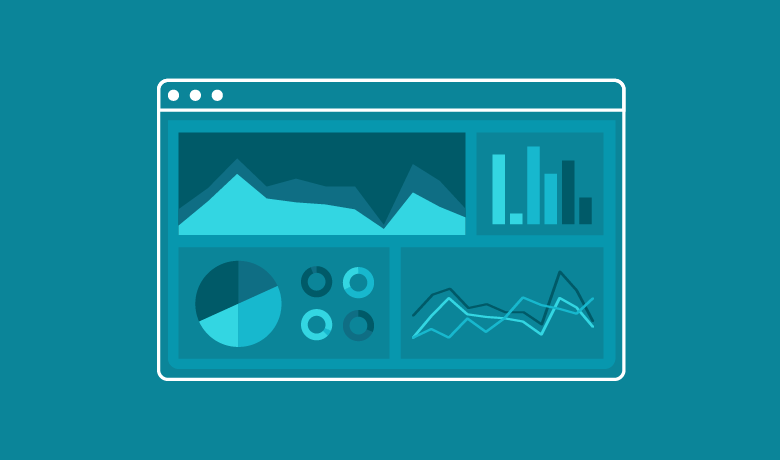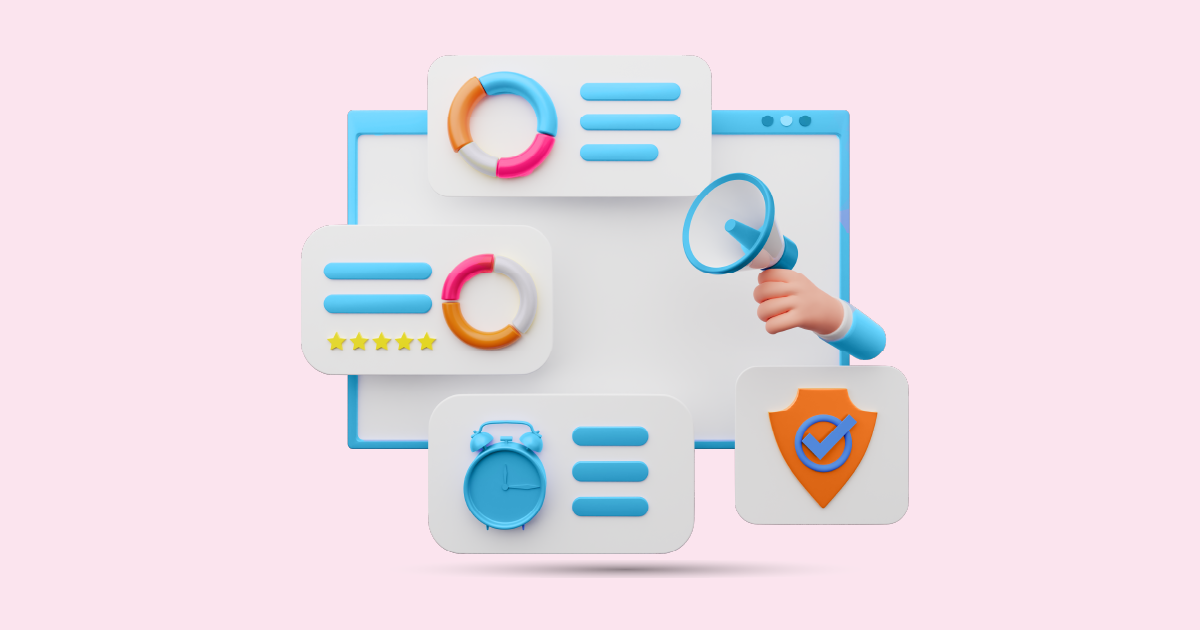In today’s hyper-connected world, your brand doesn’t just live on your website or storefront. It’s spread across social media, review sites, forums, search engines, and beyond. How your audience perceives your brand across these channels can determine your success—or failure. That’s where brand analytics tools come in.
Whether you’re a growing startup or a Fortune 500 company, brand analytics tools empower you to monitor, measure, and improve your brand’s digital footprint. In this blog, we’ll explore the essentials of brand analytics, top tools in the market, and a spotlight on one standout solution: AIM Insights.
What Are Brand Analytics Tools?

Brand analytics tools help companies understand how their brand is perceived across digital platforms by collecting and analyzing data on brand mentions, customer sentiment, market trends, and competitor performance.
These tools help you answer questions like:
- What do people say about my brand online?
- How do we stack up against competitors?
- Which campaigns actually move the needle?
- Is our brand growing in awareness and trust?
Key Functions of Brand Analytics Tools:
- Social Listening – Track mentions of your brand across social media platforms.
- Sentiment Analysis – Understand the emotional tone behind customer feedback.
- Competitor Benchmarking – See how your brand performs against industry rivals.
- Audience Insights – Discover who your customers really are.
- Influencer Tracking – Identify voices that shape your brand’s perception.
- Campaign Performance Monitoring – Know which strategies yield ROI.
Why Brand Analytics Matter
Whether you’re managing a multinational brand or a niche e-commerce business, the data behind your brand is vital for growth. Here’s why brand analytics are non-negotiable in 2025 and beyond:
- Visibility: Know where your brand stands in customer awareness.
- Customer Connection: Understand how your audience feels and thinks.
- Competitive Edge: Spot trends before your rivals do.
- Data-Driven Strategy: Make informed marketing decisions.
- Crisis Management: Detect and act on negative sentiment early.
Top Brand Analytics Tools in 2025
Let’s explore the market leaders and rising stars in the brand analytics landscape.
1. AIM Insights
- Offers powerful AI-driven social listening.
- Great for enterprise-level analytics and trend tracking.
- Integrates with CRM platforms and digital marketing tools.
2. Talkwalker
- Robust sentiment analysis and image recognition.
- Perfect for tracking brand mentions across text, video, and even memes.
- Offers competitive benchmarking and campaign optimization features.
3. Sprout Social
- Combines social media management with analytics.
- Great for small to medium teams with collaborative features.
- Visual dashboards for real-time insights.
4. Hootsuite Insights (Powered by Brandwatch)
- Ideal for social listening on steroids.
- Consolidates engagement metrics with brand sentiment.
- Helps manage content strategy and community growth.
Spotlight on AIM Insights: Smart, Strategic, Scalable
AIM Insights is gaining traction as one of the most dynamic tools in the brand analytics space. Designed for marketing and strategy teams that crave not just data, but actionable intelligence, AIM Insights stands out in key ways.
What Makes AIM Insights Unique?
Contextual Intelligence
Unlike basic sentiment tools, AIM analyzes brand mentions in context. This means it doesn’t just tell you what was said—it tells you why it was said.
Predictive Brand Scoring
AIM uses machine learning models to forecast how your brand perception may evolve over time, helping teams take proactive steps.
Cross-Channel Aggregation
Collects data from:
- Social media
- News outlets
- Forums (e.g., Reddit, Quora)
- Podcasts
- Dark social (e.g., private messaging mentions)
Competitive Intelligence Module
Provides side-by-side comparisons of your brand vs competitors across reach, sentiment, engagement, and share of voice.
Custom Dashboards & Alerts
Easily customizable UI and real-time alerts help you stay informed without getting overwhelmed.
Best For:
- Growing brands wanting a cost-effective alternative to enterprise tools
- Agencies managing multiple client brands
- Enterprises needing deeper AI-powered insights
How to Choose the Right Brand Analytics Tool
Not every tool will fit your business needs. Consider these criteria when selecting the best brand analytics platform:
Business Size
- Small Business: Look for simplicity and affordability (e.g., Sprout Social).
- Enterprise: Prioritize scalability, API access, and integrations (e.g., Brandwatch, Talkwalker).
Features You Need
- Only need social monitoring? Go basic.
- Need influencer analysis, PR monitoring, and brand forecasting? Go advanced.
Budget
- Free/Paid: Some tools offer freemium versions (e.g., Hootsuite Lite).
- Premium: Enterprise tools can be costly but offer deeper insights.
Data Sources
- Ensure the tool supports the platforms you’re active on.
- AIM Insights, for instance, supports less conventional channels like podcasts.
Best Practices for Brand Analytics
Getting a tool is just the start. Here’s how to maximize the impact of your brand analytics:
- Set Clear KPIs
Define what success looks like—brand awareness, engagement rate, sentiment shift, etc. - Monitor Continuously
Don’t treat analytics like a quarterly report. Make it part of your daily workflow. - Integrate with Marketing Strategy
Let brand insights guide content creation, PR outreach, influencer campaigns, and more. - Act on the Data
Insights are useless unless they lead to decisions—course correct when data shows a drop in perception or mentions. - Benchmark Regularly
Know your baseline. Compare metrics month-over-month or year-over-year to track brand growth.
Ready to See AIM Insights in Action? Experience the power of predictive analytics, contextual sentiment, and competitive intelligence—all in one platform. Request a Demo from AIM Technologies and take the first step toward smarter brand decisions.




